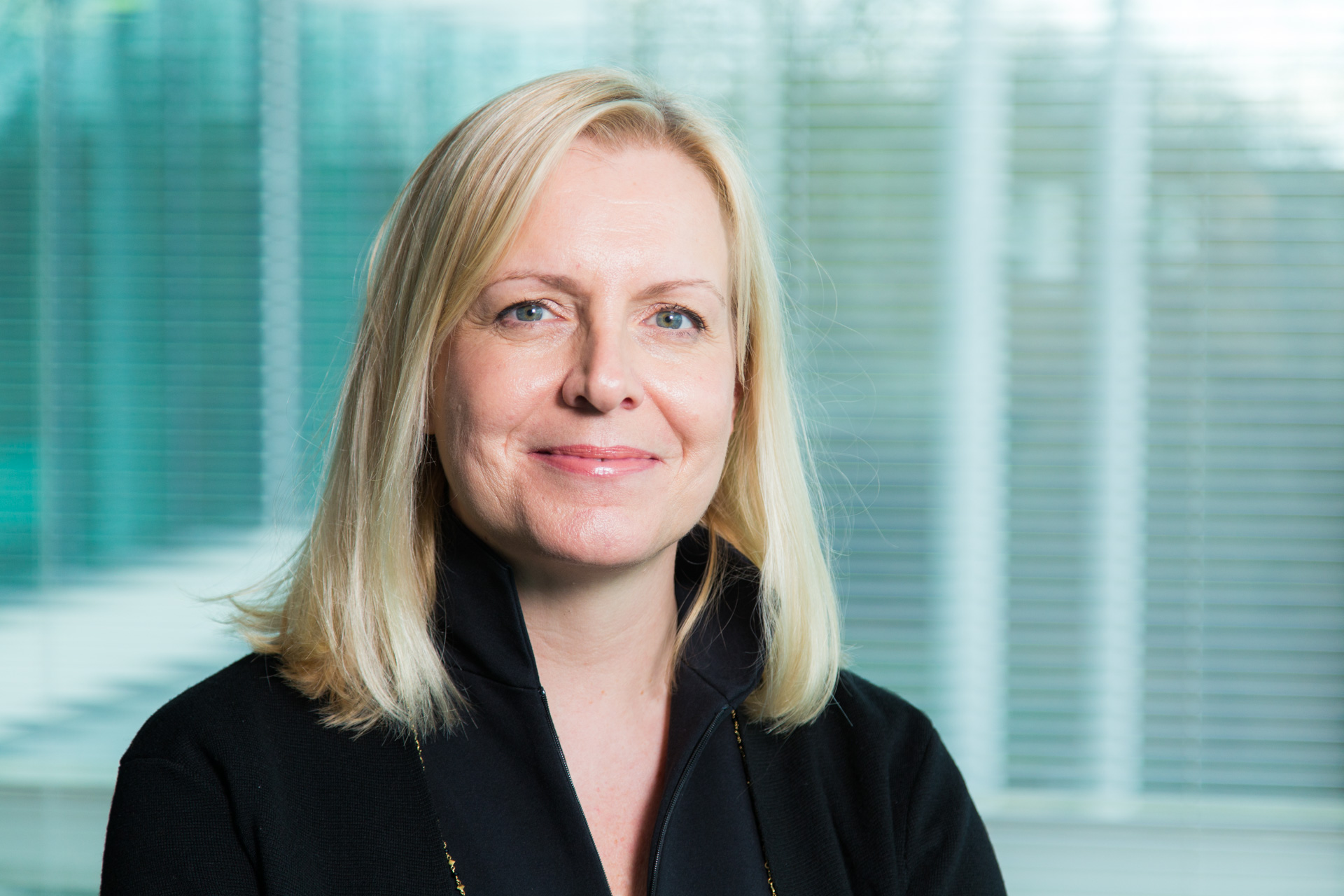
Debbie Green joined Oracle near the bottom of the food chain – taking on a job as an administrator, processing licence orders. Twenty-two years later, she’s been promoted through four tiers of management and now sits on the company’s leadership team for the UK, with overall responsibility for applications.
It’s a rare example of meritocracy in action and a journey that she relishes (“it’s not a story you hear often. Oracle’s been good to me, though I’ve been good to it too”) that has seen her bear close witness to the company’s periodically thorny relationship with the cloud, and pivot to Software-as-a-Service (SaaS).
Speaking to Computer Business Review in Oracle’s UK headquarters, she paints a vivid picture of a company that has become more customer facing as it adopts a SaaS approach to applications; a change that has also triggered new relationships with Systems Integrators (SIs) and, internally, with Oracle’s developers.
It’s an interview in some sense conducted in the lacunae of other questions: the company’s press team shoot down a number; some pointed – Oracle’s notoriously aggressive licensing practices are not on the table for discussion – and some innocuous – Oracle does not reveal team size by geography, for example. What is up for discussion is the cloud, SaaS applications and more.
M&A Activity Triggering an Uptick in Demand for SaaS Applications
As Green, VP of Applications, UK&I, says: “Our application stack on public cloud is the broadest out there. There are lots of niche providers, but no one has what we do. Whether we remain unique for forever and a day is another thing. We have to make sure we’re ahead of the curve, and make sure customers understand what we have in our kit bag, as there’s a lot of misinformation out there”.
 “For our finance, HR and supply chain applications, we’re building in cutting edge tools; things like machine learning are table stakes for us: we don’t need to talk about that any more!
“For our finance, HR and supply chain applications, we’re building in cutting edge tools; things like machine learning are table stakes for us: we don’t need to talk about that any more!
“But if you speak to people in the C-suite there’s still so much time spent looking back, doing all this analysis, and not enough putting proposals to the board that will make your business more valuable. With all the automation now possible, you can do that look-forward.
“In the past with some of the on-premise applications, that was always the promise. But in reality people would implement the core application and then fall in a heap in the corner, because it was hard work and employees were weary: they never got to the point where they were putting in BI, and really make it sing for them.
“But with SaaS applications that’s a much easier journey and built into the applications in a way that’s much more future-proof.”
So What’s Driving New Business, amid a Competitive Landscape?
“When we started doing cloud applications, particularly ERP, our earliest customers were public sector, which surprised everybody. People say public sector are the last to adopt any new technology, but we don’t see that. They’re looking for ease of use; modern, flexible tools that help them retain good staff.”
“We also see a lot of companies in other sectors that make acquisitions of businesses that are on a separate system. Do you try to push them into a system that’s hard to onboard them on to, or do you set them up on a SaaS solution? Acquisitions are helping swift adoption of SaaS as its quicker to implement than on-premises applications.”
“We had a new retail customer who were interested in selling their business and came to the brink of selling but didn’t get the price offers they wanted. One of the criticisms they got was that their systems were not modern; they were old and clunky and not tied together; it was diminishing the value of their business. So they bought from us because they needed to modernise in part to make them more sell-able. It’s got a big impact if you’re a laggard…”
The Oracle SaaS Shift Triggers Cultural Change
A faster paced development cycle and the “service” part of SaaS has triggered a real cultural shift at Oracle, she suggests.
“It’s a different era. When I think about historic projects where the customer would buy a bit of software through an SI and the SI would implement it, they didn’t even want us around the table at the project boards: ‘Oh go away, bugger off, we’re dealing with the SI; nothing to see here’. Now people are realising they need us around the table: it’s not just software, it’s a service. Customers often want to interact with us directly.
“We now have a whole customer success organisation, whereas 20 years ago, it was me: for the whole public sector organisation! (Pre-2000).
“We have a high touch with our development team, and feeding back customer requirements into development. Dev have never been closer to customers. Because I’ve been here a long time I know what it used to be like to get dev to engage with customers; you’d have customer advisory boards and that was about it… Now they’re hugely plugged in.
“It had to happen with SaaS. They realised they need to be in touch. They’re very accessible, happy to talk, jump on calls with customers. I’ve seen new functionalities put in within months when customers want them: it’s much, much faster. There’s still a lot to learn about how to deal with people in this new cloud world; it’s a new service culture!”






